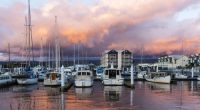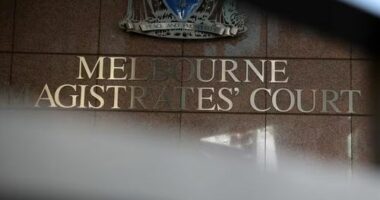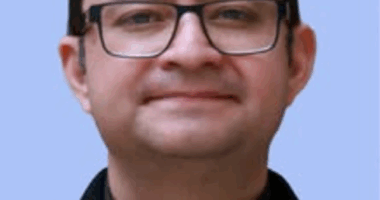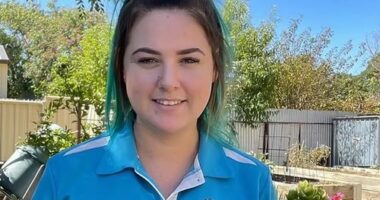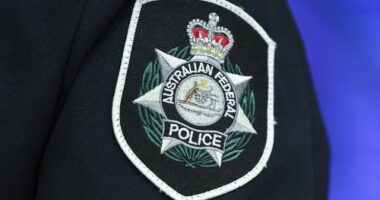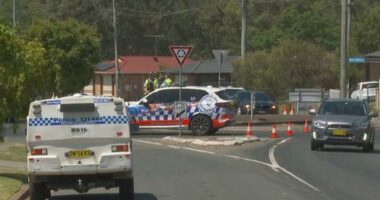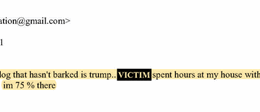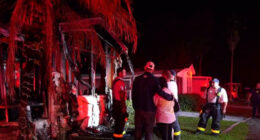Share this @internewscast.com
Cinematographer Paul Macdonald has been studying life under the jetty for more than 20 years and says the damage is staggering.
“I’d seen it breed three times. It was always in the one spot, and the coral it was living in was the size of a football,” Macdonald says.
To realise it was gone was a really sad moment.
The harmful algae bloom (HAB) was initially identified as karenia mikimotoi, a phytoplankton that produces a reactive oxygen species that damages gills — preventing marine creatures from breathing.

Paul Macdonald has witnessed the deterioration of marine life under the Edithburgh jetty over the years. Credit: SBS News/Peta Doherty
It also causes respiratory and flu-like symptoms in humans.
What’s perhaps most alarming is that little can be done to prevent HABs from occurring, but the effects can be mitigated with close monitoring.
Citizen scientists drive research
Since then, more than 1,400 citizen reports and photos of dead or sick marine life have exposed the consequences of the HAB.

Citizen scientists spotted several dead southern fiddler rays at Nepean Bay, Kangaroo Island. The island is about 20km from the Fleurieu Peninsula. Credit: K Lewis
A shared database published on the inaturalist.org website shows that more than 200 different species of marine life have been killed.
“This includes rarely encountered deepwater sharks and iconic leafy sea dragons, and popular recreational fishing species like flathead, squid, and blue swimmer crabs, and rock lobsters,” says OzFish’s South Australian project manager Brad Martin.
Coleman runs an environmental consultancy agency with her mother, scientist Peri Coleman, and says the main response to the bloom has come from citizen action.

A southern sand octopus lying dead near the Edithburgh jetty. Credit: D Muirhead
The Colemans have been undertaking plankton counts under a light microscope from samples collected by the citizen scientists.
“That’s really the only data we have in the public sphere,” Coleman says.
So that means there is very limited stuff we can do, to work out how to stop it in the future.
She says regular monitoring of swimming beaches and samples taken at sea and at depth are needed to study the bloom.
A lack of research and funding
In Australia, the only labs testing for HABs at the species level are those paid for by the aquaculture industry.

A dead Port Jackson shark lying on the sand at Port Vincent, South Australia. Credit: L Cameron
Marine biologist Shauna Murray — who identified the first sample of karenia mikimotoi at Sydney’s University of Technology — says there are only a handful of experts equipped to do this work in Australia.
“All the way from Ningaloo [Reef, off Western Australia] to New Zealand, we have this long string of blooms that often occur every year, and it’s why the southern right whales come to feed, and it’s why they have their children here, [because] there is this food source,” Coleman says.

Peri (left) and Faith Coleman volunteer to educate the local community about the harmful bloom. Credit: SBS News/Peta Doherty
South Australia is also in the midst of one of the most severe and long-lasting marine heatwaves on record; the state’s environmental protection authority says it has created conditions that have allowed karenia mikimotoi to bloom.
But, according to Coleman, the destruction of oyster reefs, seagrasses and other life on the floor of the Spencer and St. Vincent gulfs either side of the Yorke Peninsula has contributed to the imbalance.
SBS News contacted the South Australian government for comment but did not receive a response.
